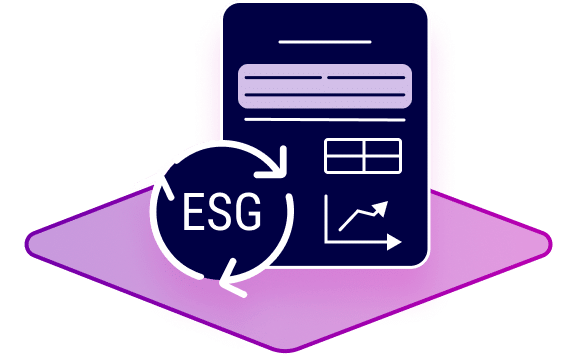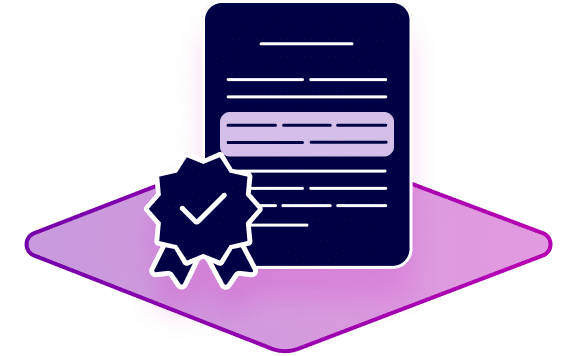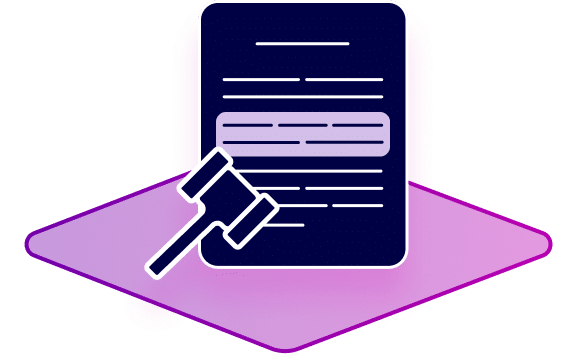
ESG, Responsible Governance, and Artificial Intelligence
Everywhere you read and hear about ESG. But what is actually behind the acronym for Environment, Social and Governance? We would like to inform you about this in this article and answer the following questions in particular:
- What is behind ESG?
- What is the purpose of ESG in the corporate context?
- What are the reporting standards?
- What challenges do companies face as a result of these developments?
- How can semantha support you in creating and reviewing your reporting?
What is ESG all about?
At the UN General Assembly in 2015, the world’s heads of state and government agreed on global goals for sustainable development. The so-called Agenda 2030 is not only directed at the United States, but also appeals to business and society to contribute to sustainable development. For this reason, legislators around the world are pushing ahead with regulatory projects to oblige companies to assume social and ecological responsibility.
What is the purpose of ESG in the corporate world?
Companies should act in accordance with the principle of contributing to greater sustainability in the environmental, social and corporate governance areas on the one hand and being resilient to external influences on the other. In view of ongoing geopolitical conflicts, rising raw material prices, resource scarcity, shortage of skilled workers and many other challenges, this is not an easy endeavor. In order to be able to check and compare how well a company is performing in the ESG areas, companies are required to report on their sustainability activities. In terms of content, the three areas cover the following:
Environmental Criteria
The environmental criteria refer to the effects of business activities on our environment. This includes factors such as emissions, energy and resource consumption, waste and water treatment, and general compliance with environmental standards.
Social Criteria
The social area addresses factors such as working conditions, human rights, equal opportunities, diversity and inclusion. In this way, a company’s dealings with employees, customers, suppliers and society in general are assessed.
Governance Criteria
Corporate governance refers to the “management and steering” of a company. This includes topics such as executive compensation and gender diversity in leadership.
What are the reporting standards?
International standards provide guidance on the structure and content of the sustainability statement. The GRI (Global Reporting Initiative) is considered the most widely used framework worldwide. In addition, the SASB (Sustainability Accounting Standards Board) and the ISO (International Standards Organization) are widely used. The United Kingdom has issued its own framework, the Sustainability Disclosure Requirements (SDRs), according to which companies must report on their sustainability commitment under certain conditions. The U.S. is also active: The U.S. Securities and Exchange Commission (SEC), for example, is developing rules on reporting. The European Union will also introduce its own reporting standards, namely the so-called “European Sustainability Reporting Standards” or “ESRS” for short. The first set of drafts for the ESRS was published by EFRAG on 22.11.20.
The standards are expected to be adopted as delegated legal acts in August 2023. The standards E-ESRS E1 “Climate Change”, E-ESRS E2 “Pollution”, E-ESRS E3 “Water/Marine Resources”, E-ESRS E4 “Biodiversity/Ecosystems” and E-ESRS E5 “Circular Economy” are included in the “Environment” area. The standards E-ESRS S1 “Own Workforce”, E-ESRS S2 “Workers in the Value Chain”, E-ESRS S3 “Affected Communities” and E-ESRS S4 “Consumers and end-users” fall under the area “Social”. The standard for “Governance” provides for E-ESRS G1 “Business Conduct” and G2 (Business Behavior). There are also so-called cross-sectional standards, namely E-ESRS 1 “General Requirements” and E-ESRS 2 “General Disclosures”.
What challenges are companies facing as a result of these developments?
Whichever standards you follow, you always face the same challenge: finding the right information from the bulk. For quantitative information, technical solutions already exist. With regard to qualitative information, the search for the desired information has so far been extremely tedious and time-consuming. This is because qualitative information is often found in the form of natural language, distributed across a variety of documents. The information can be formulated in different ways and also expressed in different languages. Finding specific content in this mass is one of the daily challenges. It is true that this is usually done computer-aided. Nevertheless, the activity can be enormously time-consuming and error-prone. Just think of how often one searches for a keyword using “CTRL F” in order to find a certain piece of information, and how often this process fails because the selected term does not appear in the text. What’s more, information on a topic is usually formulated differently. Since both quantitative and qualitative information must be processed for sustainability reporting, the administrative burden of finding report-relevant material is very high.
How can semantha support you in creating and reviewing your reports?
With the help of semantha, you can perform a semantic analysis of unstructured text files and thus find the desired content from a bulk of documents, regardless of the specific choice of words. Thanks to Smart Cluster, you can categorize documents by topic and thus evaluate documents more easily. semantha also helps you to check whether all relevant topics are included in your reporting and identifies reporting gaps. This not only saves you time and resources. You also reduce the risk of incorrect or incomplete reporting and the resulting threat of sanctions and reputational damage. More application examples from semantha that make ESG reporting easier for you can be found here.
References
- United Nations: Resolution of the General Assembly dated 2015-09-25,
- Needham et al: Nachhaltigkeitsberichterstattung mittelständischer Unternehmen – Lücken in der freiwilligen Berichtspraxis zu den Vorgaben der E-ESRS, BC 2022, 466 ff.
- Heichl et al.: Status Quo vs. CSRD – Welchen Herausforderungen müssen sich Unternehmen künftig stellen? IRZ 2022, 523, 526.
- US Securities & Exchange Commission Press Release: “SEC Proposes Rules to Enhance and Standardize Climate-Related Disclosures for Investors
- European Financial Reporting Advisory Group 2022-11-23: “EFRAG delivers the first set of draft ESRS to the European Commission”












